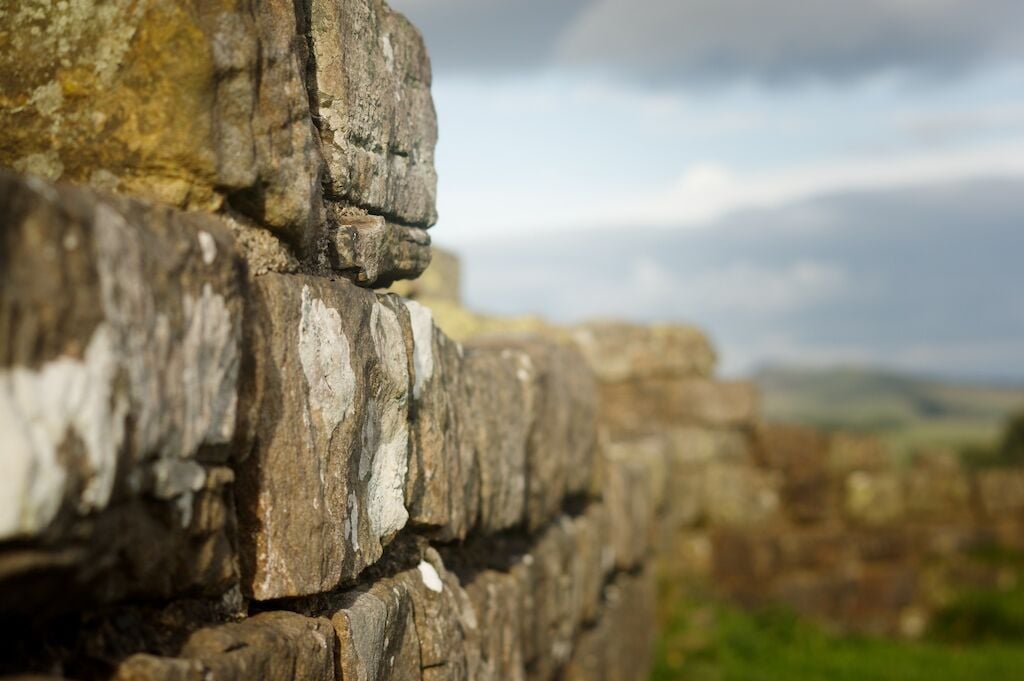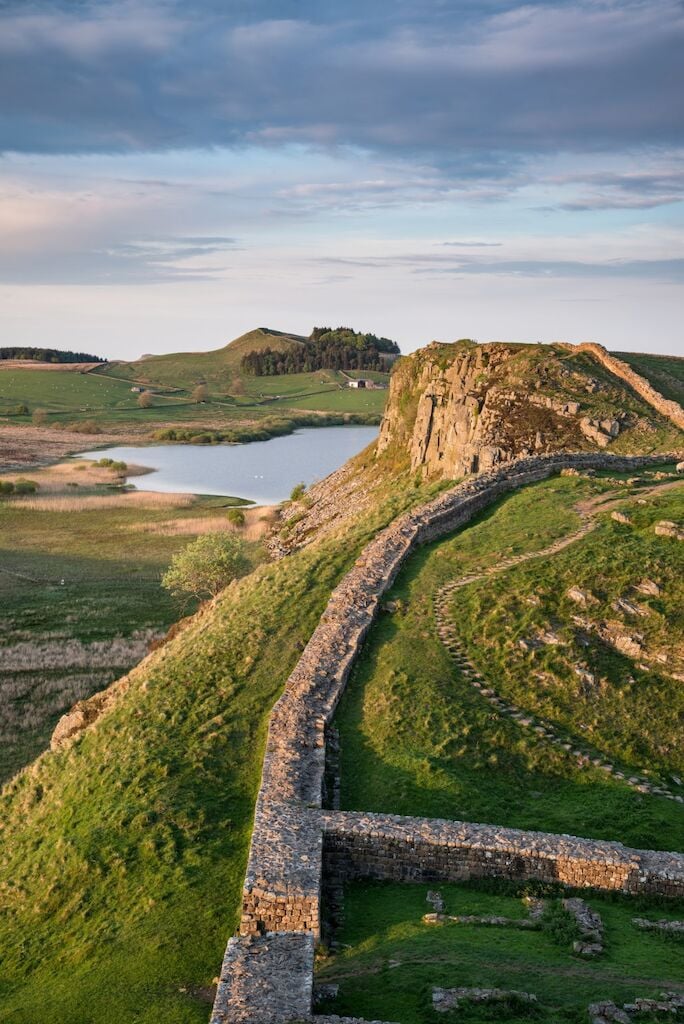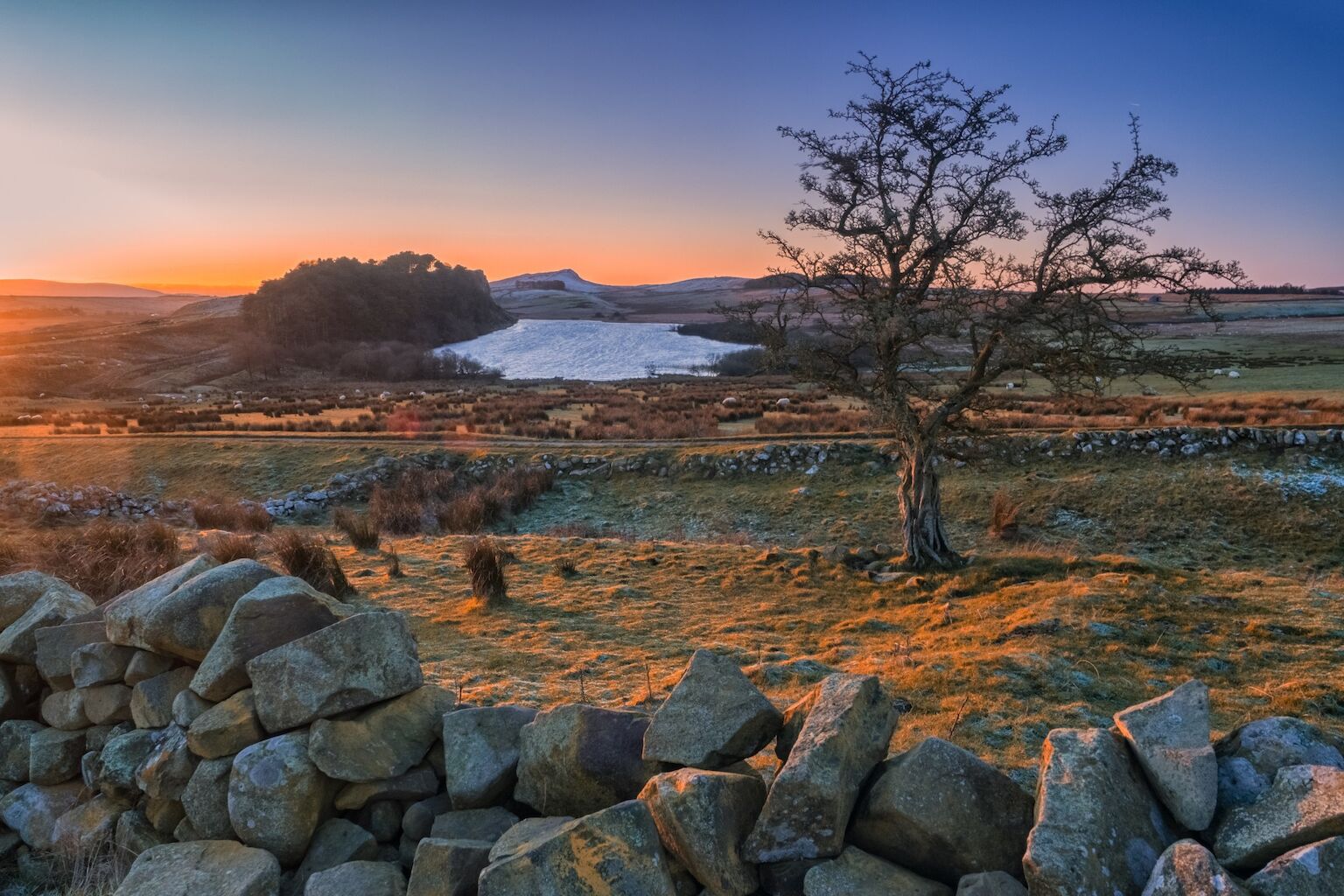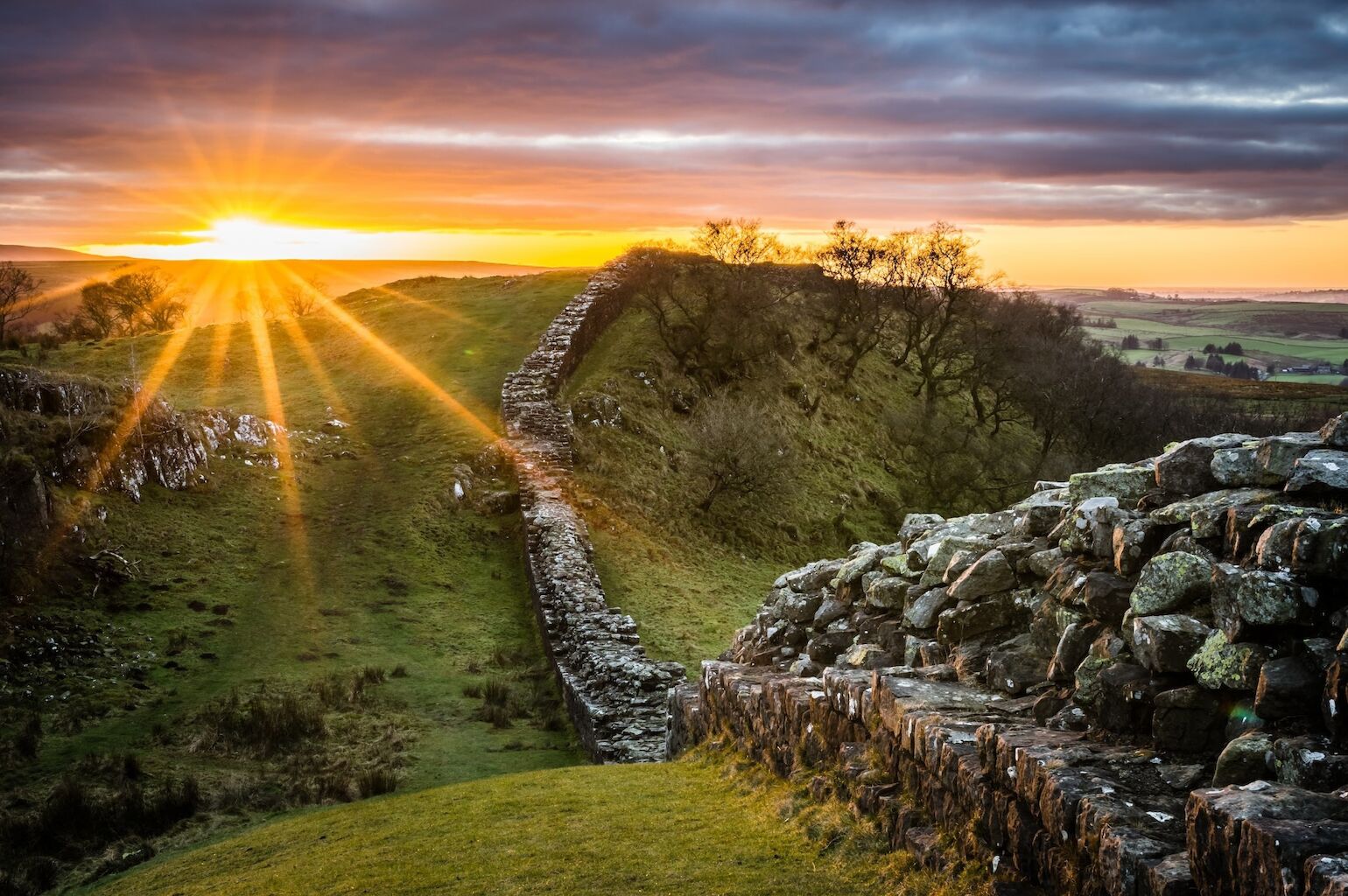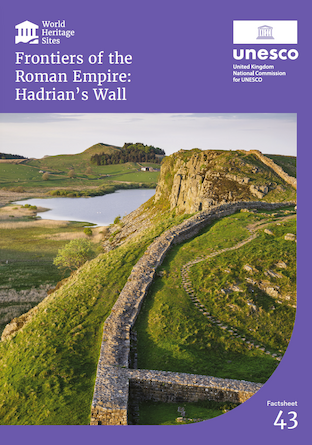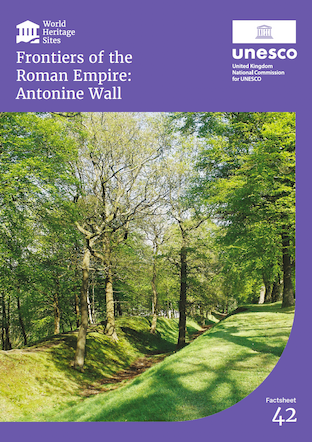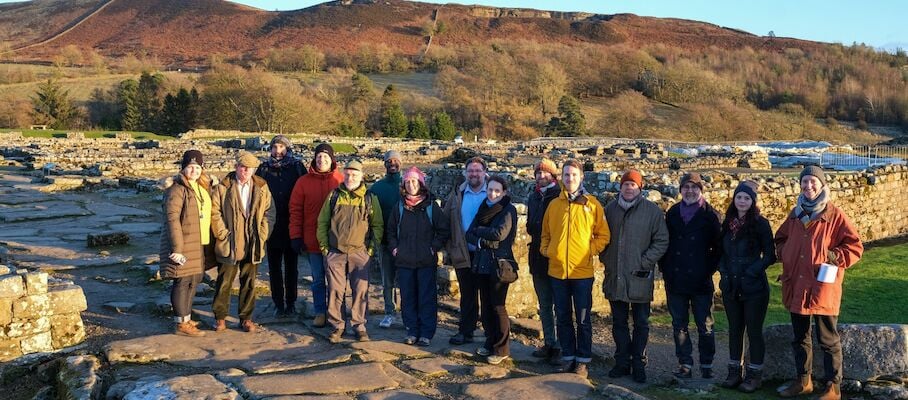Frontiers of the Roman Empire: Hadrian's Wall
Stretching 73 miles from coast to coast across northern England, Hadrian’s Wall was built to guard the wild north-west frontier of the Roman Empire. Discover the remains of the forts, towers, turrets and towns that once kept watch over Hadrian’s Wall. See rare Roman artefacts, get hands-on in museums and take in spectacular views of the rugged landscape to find out what life was like for the men, women and children on the edge of Roman Britain.
What makes this UNESCO Designation special?
Hadrian’s Wall is a part of the frontier of a great empire that encompassed much of Europe, the Middle East, and North Africa. It is a symbol of a common heritage.
The Wall was inscribed as a World Heritage Site in 1987. It is now a component part of a much larger and more ambitious Site: the Frontiers of the Roman Empire. This is a ‘transnational’ Site: the result of the German Limes being added in 2005, and the Antonine Wall (between the Forth and the Clyde, in Scotland) in 2008. However, these three only formed a small proportion of the frontiers of the Empire at its greatest extent, in the second century AD.
The garrison of the Wall was a multi-cultural one, drawing on communities from across the Roman world. This history binds us all together, and so even these military remains can contribute to the UNESCO Manifesto 2000 for a Culture of Peace and Non-Violence that takes the culture of peace into daily life as an individual commitment and responsibility.

